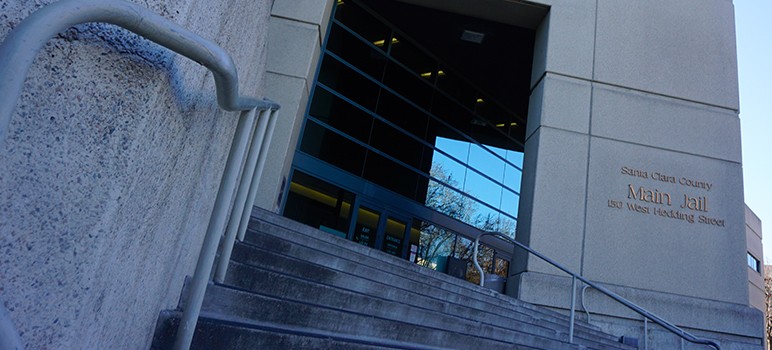To deal with a growing population of mentally ill inmates, Santa Clara County plans to double the number of psychiatric beds in a proposed $208 million replacement of its Main Jail. But a local reform group has a more transformative idea: keeping people with serious mental illness out of jail in the first place.
At Tuesday’s Board of Supervisors meeting, the Jail Diversion and Behavioral Health Subcommittee will present a set of recommendations to accomplish that goal. It’s an $8.2 million wish list, but the biggest proposal may cost half that and then some with offsets from Medi-Cal and other funding sources.
For $4.3 million, the county could build an around-the-clock mental health facility where police drop people off in lieu of locking them up. San Antonio, Texas, has reduced its jail population with this approach. In fact, the Lone Star State has led the way in prison reforms that by many—but not all—accounts have saved money and curbed crime.
Bexar County, which encompasses San Antonio, built what it calls a Restoration Center to divert criminals dealing with mental illness and substance abuse into psychiatric care, detox and housing instead of jail.
Every year, more than 18,000 people pass through the Bexar County center, which saves the region’s taxpayers more than $10 million annually. The bulk of that cost savings stems from placing “public inebriates” in detox in lieu of jail.
The Bexar County model has proven so effective that Fresno, Portland, Houston and now Santa Clara County plan to copy it.
Nationally, jails hold 10 times as many people with serious psychiatric issues as state hospitals, according to the nonprofit Treatment Advocacy Center. The South Bay is no exception. Mentally ill inmates, many of whom also grapple with drug and alcohol abuse, make up half the county’s jail population.
Some reforms to improve jail conditions in Silicon Valley are already underway, but a mentally ill inmate’s beating death last summer brought a sense of urgency.
Michael Tyree, a 31-year-old man with bipolar disorder, was locked up only because there was no room at an inpatient mental health facility. He was found beaten to death on the floor of his cell. The District Attorney’s Office charged three jail guards with murder in connection to his death.
Over the ensuing months, several audits and investigations by citizens, experts and federal authorities of the jails have taken place. A “blue ribbon” commission wrapped up six months of work this past spring with more than 100 ideas on how to bolster accountability and inmate safety.
The diversion subcommittee was formed to continue the work initiated by the “blue ribbon” commission. One of the diversion group’s main goals has been to figure out what to do with mentally ill inmates detained simply because they have nowhere else to go.
Building a local Restoration Center would take up to two years to complete, according to the subcommittee’s estimate. Using an existing site, of course, would speed things up.
The county plans to send a group of staffers to tour the Bexar County Restoration Center sometime this fall.
More from the Santa Clara County Board of Supervisors agenda for August 16, 2016:
- Another result of this past year’s unprecedented push for jail reform may bring college classes to inmates at Elmwood. The proposal would link San Jose State University with the Sheriff’s Office to offer six college courses for up to 120 inmates.
WHAT: Board of Supervisors meets
WHEN: 9am Tuesday
WHERE: County Government Center, 70 W. Hedding St., San Jose
INFO: Clerk of the Board, 408.299.5001


A lot of institutional angst about jailbirds, little regard for their victims.